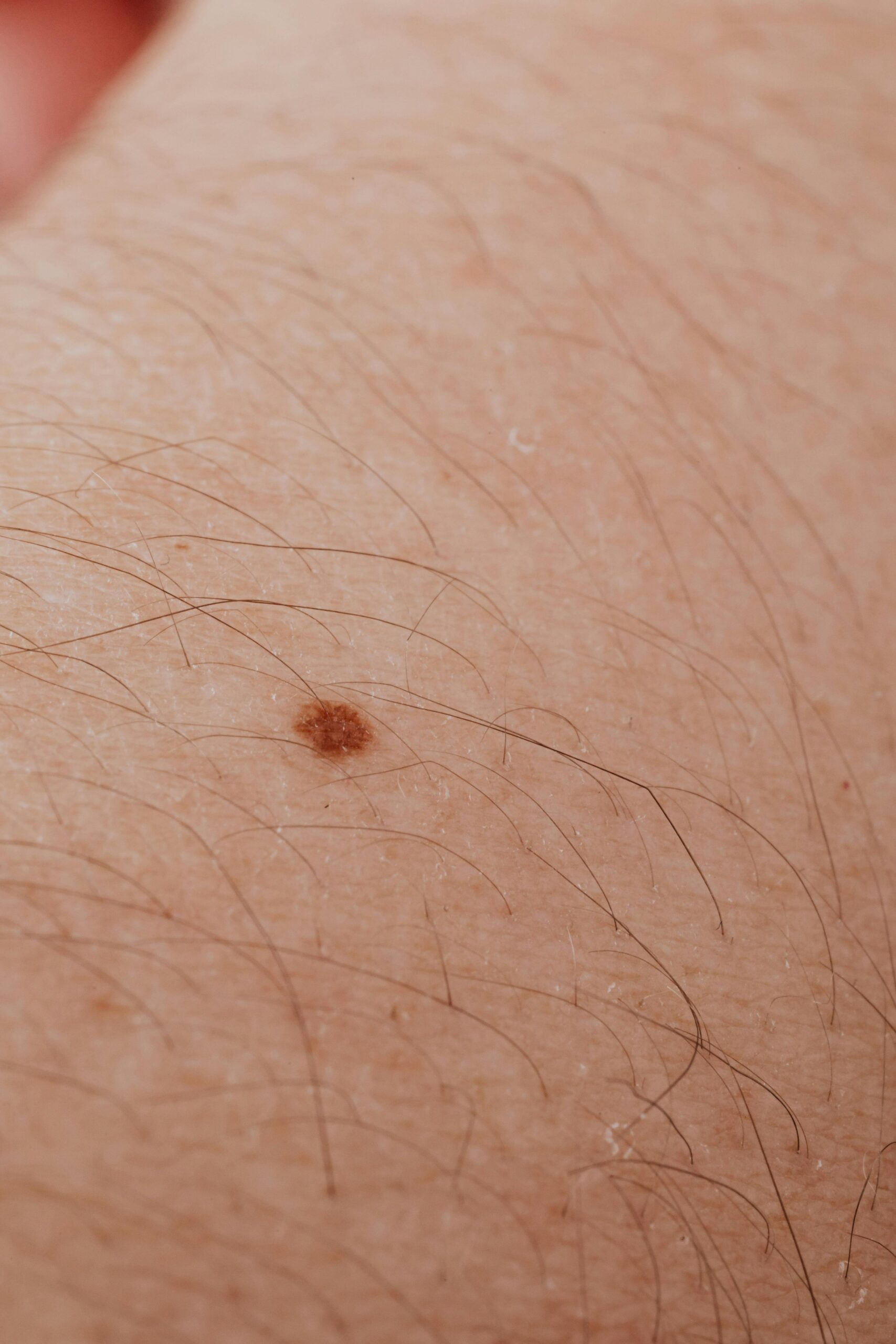Prime Dermatology & Skin Cancer Institute
Opening in Laguna Niguel in 2025 – Your Trusted Dermatology Care is Coming Soon!
Our leading comprehensive dermatology practice delivers the highest quality medical, surgical, pediatrics, and cosmetic dermatologic care.
How to Spot Skin Cancer: Early Detection Tips from Our Double Board-Certified Dermatologist & Mohs Surgeon, Dr. Zarei
Skin cancer is the most common type of cancer worldwide, yet it is one of the most preventable forms of cancer when detected early. The key to survival is knowing how to spot skin cancer early—whether it’s melanoma, basal cell carcinoma, or squamous cell carcinoma. In this guide, we’ll explore how to identify the signs of skin cancer, the different types, and when to consult a dermatologist.

What Is Skin Cancer?
Skin cancer occurs when abnormal cells in the skin grow uncontrollably. It typically develops in areas that are most exposed to the sun, such as the face, neck, arms, and legs. However, it can also appear in areas that don’t get much sun exposure. The three most common types of skin cancer are:
Malignant Melanoma

The deadliest form, which can spread quickly to other parts of the body if not treated early.
Basal Cell Carcinoma

The most common type of skin cancer, usually appearing as a small, shiny bump.
Squamous Cell Carcinoma

Often appearing as red, scaly patches or sores that may bleed.
How to Spot Skin Cancer: Warning Signs to Watch For
1. Changes in Existing Moles or Skin Lesions
One of the most important ways to spot skin cancer is by keeping an eye on any existing moles, freckles, or skin lesions. If you notice any of the following changes, it’s crucial to have them checked by a dermatologist:
- Asymmetry: One half of the mole doesn’t match the other.
- Border Irregularities: Moles with uneven, jagged, or notched borders.
- Color Variation: Moles that have multiple shades of color, including tan, brown, black, or even blue and white.
- Diameter: Moles that are larger than 6 millimeters (about the size of a pencil eraser).
- Evolving: Any change in size, shape, or color over time.
2. New Growths or Lesions on the Skin
New growths or sores that don’t heal can also indicate skin cancer. While many skin cancers start as small, painless growths, they can become larger, bleed, or develop crusts. Pay attention to:
- Open sores: Sores that don’t heal within a few weeks, or bleed and crust over.
- Bumps or growths: New lumps that appear on the skin, particularly those that are shiny or waxy.
- Scaly or crusted areas: Red patches that may bleed, itch, or form scabs.
3. Changes in Skin Texture or Feel
Skin cancer can cause changes in the texture or feel of the skin. You may notice that the skin around a mole or growth feels thickened, rough, or scaly. Sometimes, skin cancer can also cause itching, tenderness, or pain.
4. Non-Healing Wounds
If you notice a wound or cut that doesn’t heal within several weeks, it could be an indicator of basal cell carcinoma or squamous cell carcinoma. These cancers often appear as persistent ulcers or sores that don’t respond to typical treatments like antibiotics.
When to See a Dermatologist: Importance of Early Detection
If you spot any of the above signs, it’s important to consult a dermatologist as soon as possible. Skin cancer is highly treatable when detected early, and the sooner it’s caught, the better the chances of successful treatment.
Regular Skin Checks: Dermatologists recommend performing monthly self-exams and having a professional skin check annually, especially for individuals with a higher risk of skin cancer, such as those with fair skin, a family history of skin cancer, or frequent sun exposure.
Risk Factors for Skin Cancer
While anyone can develop skin cancer, certain factors can increase your risk. These include:
- Excessive sun exposure or sunburns in childhood
- Tanning bed use
- Fair skin that burns easily
- A history of skin cancer in your family
- A weakened immune system

Prevention Tips: How to Protect Your Skin
To reduce your risk of skin cancer, consider these preventive measures:
- Wear sunscreen daily, even on cloudy days. Choose broad-spectrum SPF 30 or higher.
- Seek shade during peak sun hours (10 AM to 4 PM).
- Wear protective clothing, hats, and sunglasses when outdoors.
- Avoid tanning beds, as they increase your risk of skin cancer.
- Get regular skin checks by a dermatologist

Conclusion:
Be Proactive with Skin Health
Knowing how to spot skin cancer is crucial for early detection, and early detection can save lives. Regular skin checks, both at home and with a dermatologist, can help you stay on top of any changes to your skin. Remember, if you notice any concerning spots or changes, don’t wait—schedule an appointment with our Board Certified Dermatologist, Dr. Zarei, today.

Subscribe To Our Newsletter
If you’d like to be added to our database to receive emails with news about Prime Dermatology products and services, please enter your email address below.
